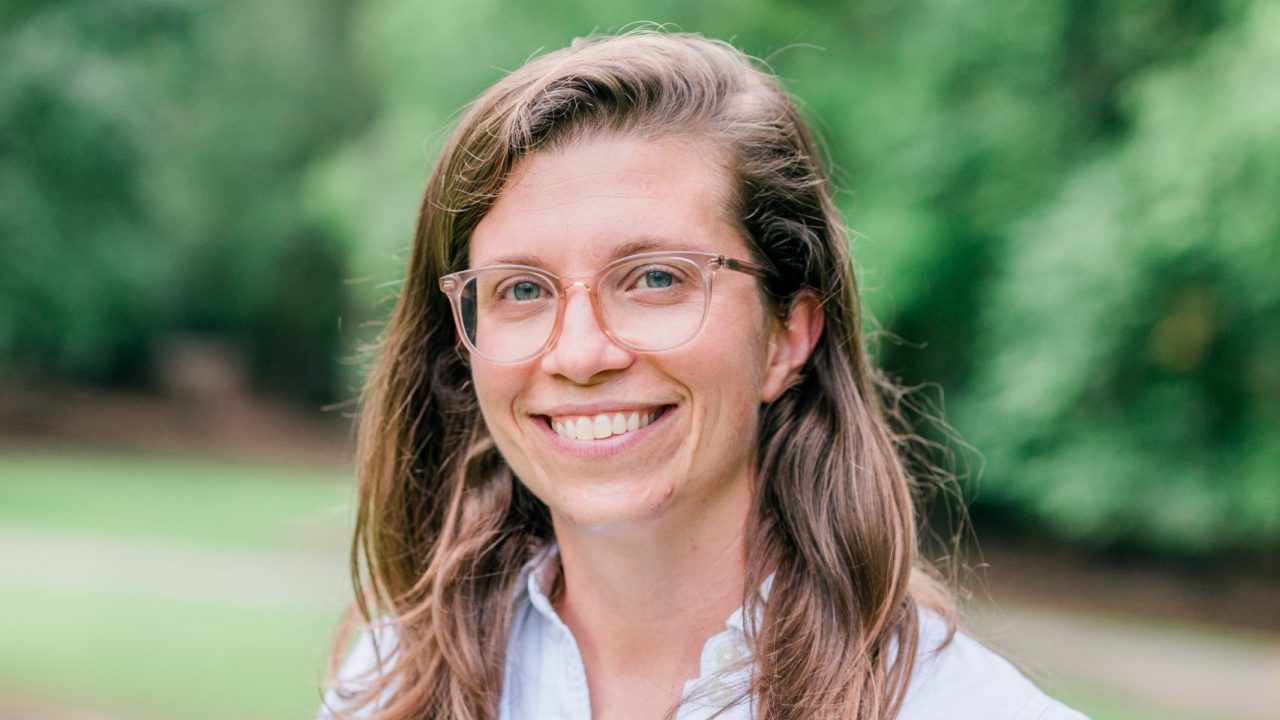Faculty Spotlight: Assistant Professor Sarah Coleman

Assistant Professor Sarah Coleman, a native of Florida, is beginning her second year of teaching in Auburn’s School of Architecture, Planning and Landscape Architecture (APLA). “I’m very excited to be back in the pines and the swamps,” she said. “The landscape faculty are all people whose work and approaches I respected long before I got to Auburn, and it turns out they are also excellent colleagues.”
Coleman holds a B.F.A. in Printmaking and Art History from the Maryland Institute College of Art. Upon graduating, she joined the Southwest Conservation Corps, laying out and building trails on public lands for six months. “I think there was something about the process of learning a set of tools, materials and approaches and then making things with them that felt incredibly familiar and satisfying,” she said. “What was new and very exciting to me was that we were designing the experience of an environment rather than a discrete art object.” She later traveled throughout Italy with an art historian, guiding students in understanding individual works of sculpture or paintings in churches, villas, gardens and plazas as key programmatic elements of their original physical contexts. These early experiences of designed environments developed her interest in landscape architecture and she went on to earn a Master of Landscape Architecture from the Ohio State University.
I’m excited to make connections between some of the landscape issues that [the country of] Georgia faces with some of the rural and post-industrial challenges that we focus on here at Auburn.
From 2021 to 2022, Coleman lived in Borjomi, Georgia, in Eurasia as a Fulbright Scholar, conducting research on the Sadgeri Plateau. The plateau is home to a wide range of natural resources like pine forests and volcanic springs that were once carefully conserved because of their medicinal properties. When the Soviet Union collapsed, the elaborate infrastructures that had connected people to those natural resources were abandoned, and people could no longer undertake those historic healing engagements. Coleman’s research focused on how the tools of landscape architecture might start to knit the Sadgeri Plateau’s natural features and historic health practices back together in the absence of that built infrastructure. “I’m still very much thinking about Georgia, and I’m excited to make connections between some of the landscape issues that Georgia faces with some of the rural and post-industrial challenges that we focus on here at Auburn,” she stated. Coleman is working with Assistant Professor Isaac Cohen to study how preservation practices might overlook “underdog landscapes,” and how to expand which landscapes are considered significant by official policies and designation bodies. “We are exploring how design tools might become advocacy tools for omissions and erasures from the official record,” she explained. “We’re having a lot of fun driving around the state and taking stock of the fabric of all these incredible histories.”
While she is very much invested in her research, Coleman also enjoys passing on her experience and knowledge to her students. She has found that she loves helping students with drawing skills that can make their design work more beautiful and more effective, but beyond that, she most enjoys seeing her students learn from one another. “The folks from Alabama represent a wide range of urban and rural backgrounds and bring with them a wide variety of perspectives. It’s interesting to see them begin to understand each other’s outlooks, and I learn a lot about this new-to-me place from them. We also have a pretty incredible international student presence whose perspectives elevate and widen our approaches in studio. The cohorts seem to be tight-knit and supportive of each other, and I’ve been really impressed with how the students build that into the culture of the program. I feel really lucky to have landed here.”
See more in:
Faculty, Faculty Collaboration, Faculty Work, Research
Related people:
Sarah Coleman, Isaac Cohen